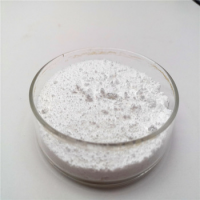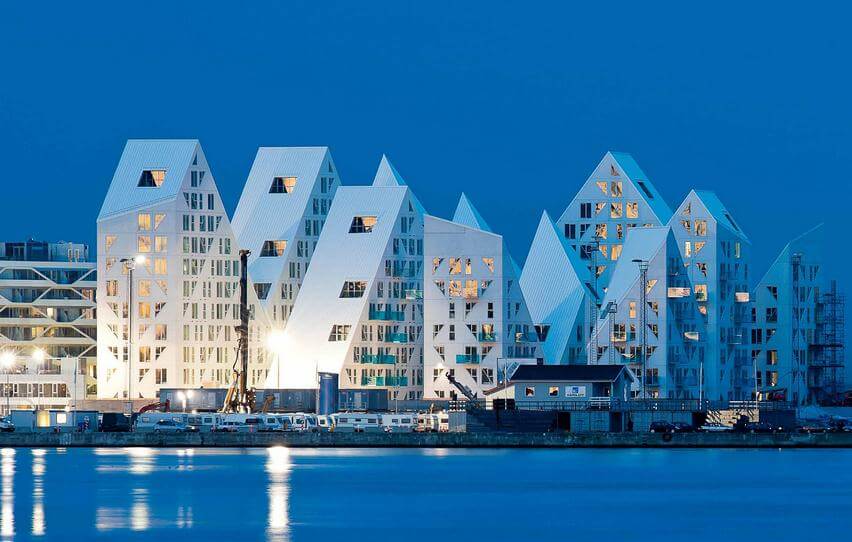Professional solutions on concrete addtives, Concrete Foaming Agent, Superplasticizer, CLC Blocks Additives, and foaming machine
(New wall materials: Take everyone closer to CLC aerated bricks)
New wall materials refer to wall materials produced with non-clay raw materials, with characteristics such as comprehensive utilization of resources, environmental protection, land and energy conservation, and in line with national industrial policies.
What is CLC aerated brick?
CLC aerated brick is a lightweight and porous building material. It is made of cement, stone powder, slag, fly ash, sand, foaming materials, etc. as raw materials. It is processed by loading, batching, mixing, pouring, cutting, etc. It is made through curing and other processes. After gas generation, the product's interior contains many uniform and fine pores, hence the name lightweight foam concrete.
CLC aerated brick production process
CLC aerated bricks are made of siliceous materials (sand, fly ash, silicon-containing tailings, etc.) and calcareous materials (lime, cement) as the key raw materials, mixed with foaming agents, and stirred with water to form pores through chemical reactions. Porous silicate products are made through casting molding, pre-curing cutting, curing, and other processes. Guangzhou Hengde CLC aerated brick production equipment technology leads the country.
Advantages of CLC aerated bricks
1) Lightweight. The bulk density is generally 400-700kg/m3, which is equivalent to 1/3 of solid clay bricks and 1/5 of ordinary concrete. It is also lower than ordinary lightweight aggregate concrete, hollow blocks, hollow clay bricks and other products.
2) Good thermal insulation performance. There are a large number of pores and micropores inside, and it has good thermal insulation performance. The thermal conductivity is 0.09-0.22w/(mr), which is only 1/4-1/5 of solid clay bricks and 1/5 of ordinary concrete. ―1/10, low water absorption.
3) It has processability. Can be sawed, planed, drilled and nailed.
4) Wide sources of raw materials, high production efficiency and low production energy consumption. To this end, the building foundation cost can be reduced by 15%, transportation energy consumption can be reduced by 10%, and the thermal conductivity is 1/4-1/5 of clay bricks, which can increase the effective use area of the building.
The connection between thickness and compressive strength of CLC lightweight blocks
The greater its density, the stronger its compressive strength. The national standard light brick can withstand 2,000 tons of pressure per square centimeter. Generally, standard red bricks can make a crisp sound when two pieces are knocked against each other. Its strength will not be less than 20MPa; that is, it can withstand a pressure of 2,000 tons per square meter. Lightweight bricks generally refer to foam bricks. Normal indoor partition walls are made of this kind of bricks, which can effectively reduce the load on the floor and have good sound insulation effect. Compressive strength is 3.5-10 MPa.
The difference between lightweight bricks and hollow bricks
1. Different production materials
Lightweight bricks are generally made of a mixture of lime, gypsum, lightweight aggregates and other materials. It is common for the aggregates to be lightweight aggregates (such as perlite, vermiculite, etc.). Hollow bricks are made of concrete, leaving a certain amount of space inside.
2. Different performance characteristics
Advantages of lightweight bricks: Since the aggregate is made of lightweight aggregate, lightweight bricks are lighter than solid bricks, and their weight is about 1/4 to 1/5 of solid bricks. In addition, lightweight bricks have small thermal conductivity, good thermal insulation, easy processing, and high surface smoothness.
Advantages of hollow bricks: Hollow bricks have good sound insulation effect because a certain air compartment inside them can block external noise. In addition, hollow bricks are evenly stressed, have high strength and have good seismic resistance.
3. Different usage scenarios
Lightweight bricks are usually used in the construction of lightweight walls, such as villas, light steel villas and other buildings or industrial buildings, temporary houses, etc. Lightweight bricks are suitable for situations where the proposed building type is relatively single, and the structural design is standardized. Hollow bricks are suitable for partition walls of general residences, apartments and high-rise buildings. They are especially suitable for buildings that are often subject to noise interference, such as residences, hotels and offices near airports, highways and other places.
Supplier
TRUNNANO is a supplier of additives of CLC brick, which is concrete and relative products with over 12 years experience in nano-building energy conservation and nanotechnology development. It accepts payment via Credit Card, T/T, West Union and Paypal. Trunnano will ship the goods to customers overseas through FedEx, DHL, by air, or by sea. If you are looking for high-quality additives of CLC brick, please feel free to contact us and send an inquiry. (sales@cabr-concrete.com).
(New wall materials: Take everyone closer to CLC aerated bricks)







